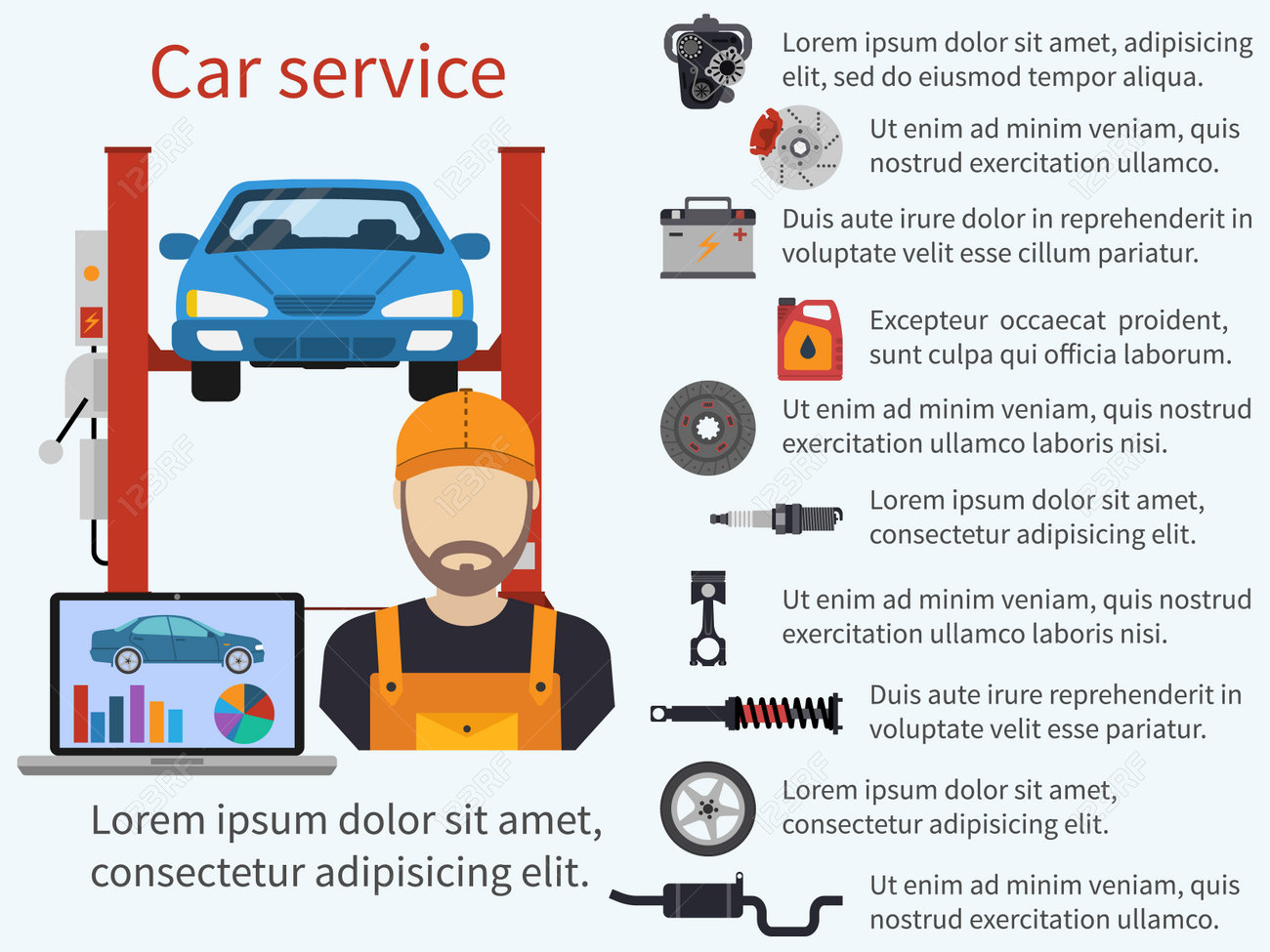Realizing The Significance Of Your Auto'S Warning Signals: What They Really Stand For
Realizing The Significance Of Your Auto'S Warning Signals: What They Really Stand For
Blog Article
Material Written By-Higgins Stark
When you're behind the wheel, those glowing warning lights on your dashboard can be a little bit bewildering. Do you know what they're trying to tell you regarding your automobile's health and wellness? Comprehending the significance of these lights is vital for your security and the longevity of your car. So, the following time one of those lights turns up, wouldn't you want to decode its message precisely and take the required steps to address it?
Common Caution Lighting and Interpretations
Determine common caution lights in your car and recognize their definitions to ensure safe driving.
The most typical caution lights consist of the check engine light, which signifies concerns with the engine or emissions system. If this light begins, it's crucial to have your automobile inspected immediately.
The oil pressure cautioning light shows reduced oil pressure, calling for immediate focus to stop engine damages.
A flashing battery light could recommend a malfunctioning billing system, possibly leaving you stranded if not addressed.
The tire stress surveillance system (TPMS) light signals you to reduced tire stress, impacting automobile stability and fuel effectiveness. Neglecting this could bring about dangerous driving conditions.
The ABS light suggests an issue with the anti-lock stopping system, jeopardizing your capacity to stop promptly in emergencies.
Lastly, the coolant temperature warning light warns of engine overheating, which can lead to serious damages otherwise solved swiftly.
Recognizing these common warning lights will aid you address problems without delay and maintain safe driving problems.
Importance of Prompt Interest
Comprehending the common caution lights in your auto is only the first step; the significance of without delay attending to these warnings can not be emphasized enough to guarantee your safety when traveling.
When a caution light brightens on your dashboard, it's your auto's method of communicating a potential problem that needs focus. Overlooking these warnings can bring about a lot more severe troubles down the road, compromising your security and possibly costing you more out of commission.
Prompt interest to cautioning lights can protect against breakdowns and accidents. For instance, a blinking check engine light might indicate a misfire that, if left neglected, could trigger damage to the catalytic converter. Resolving this immediately can save you from an expensive fixing.
Similarly, a brake system advising light may signify reduced brake liquid or used brake pads, crucial elements for your security when driving.
Do It Yourself Troubleshooting Tips
If you see a warning light on your control panel, there are a couple of do it yourself repairing pointers you can try before seeking professional assistance.
The primary step is to consult your vehicle's manual to comprehend what the particular warning light shows. Occasionally the problem can be as straightforward as a loosened gas cap triggering the check engine light. Tightening up Highly recommended Site might resolve the issue.
https://dominicknhbup.kylieblog.com/30432891/typical-mistakes-in-automobile-outlining-and-approaches-to-prevent-them is a reduced battery, which can activate various alerting lights. Examining the battery connections for deterioration and ensuring they're secure might take care of the issue.
If a caution light persists, you can attempt resetting it by disconnecting the auto's battery for a few minutes and after that reconnecting it. Additionally, inspecting your automobile's fluid levels, such as oil, coolant, and brake fluid, can aid fix warning lights related to these systems.
Final thought
Finally, comprehending your automobile's warning lights is essential for keeping your car running efficiently and securely. By quickly resolving these signals and recognizing what they suggest, you can stay clear of pricey repairs and prospective breakdowns.
Remember to consult your car's guidebook for specific detail s on each cautioning light and do something about it appropriately to make certain a trouble-free driving experience.
Keep educated, stay risk-free on the road!
